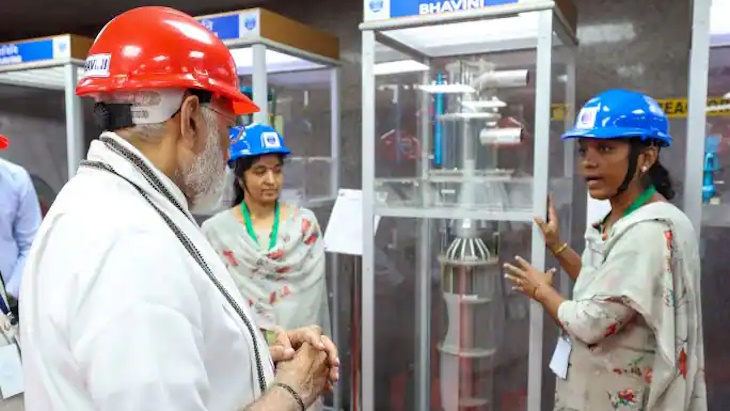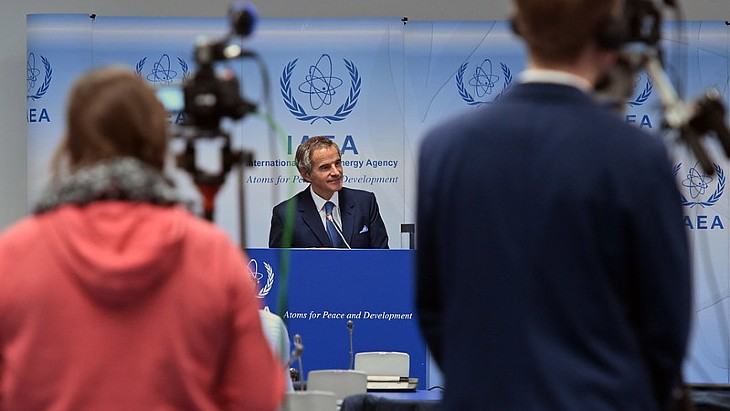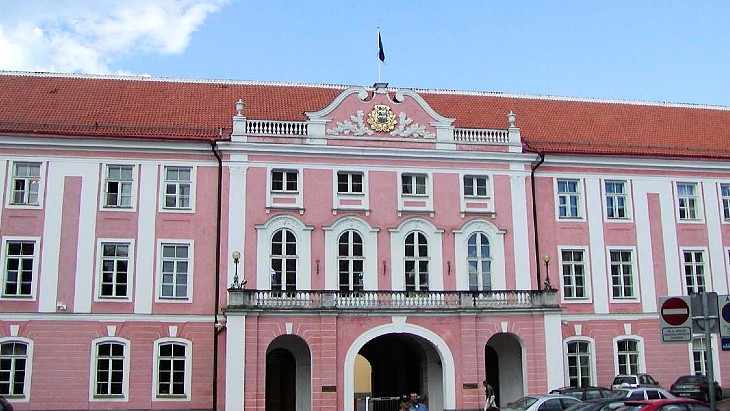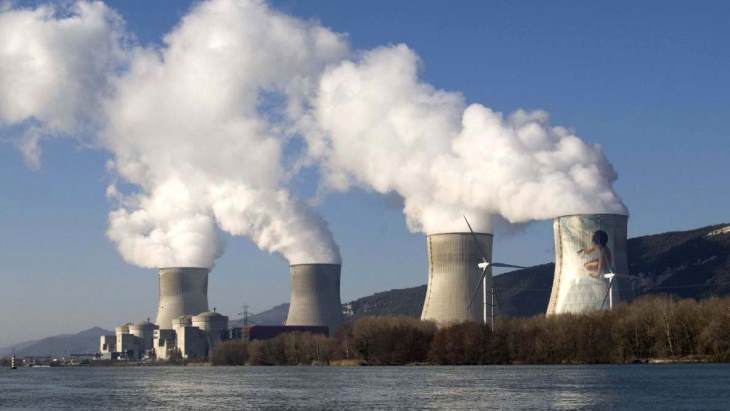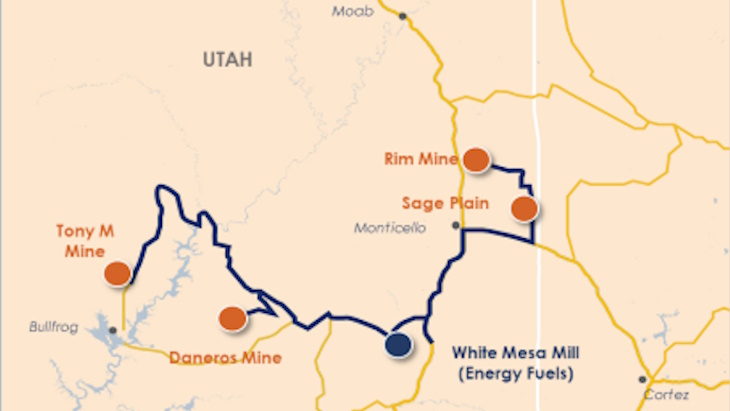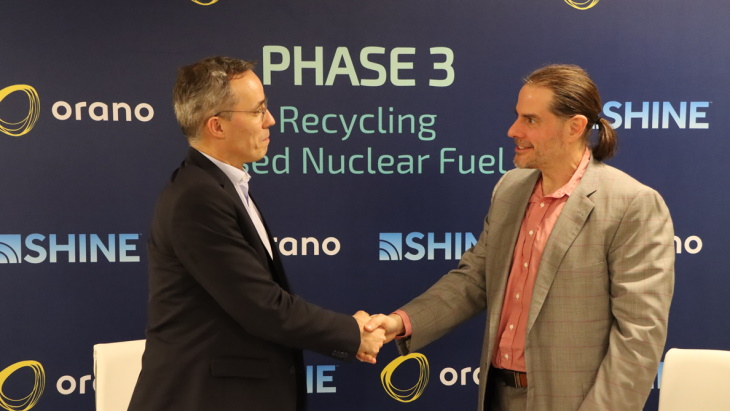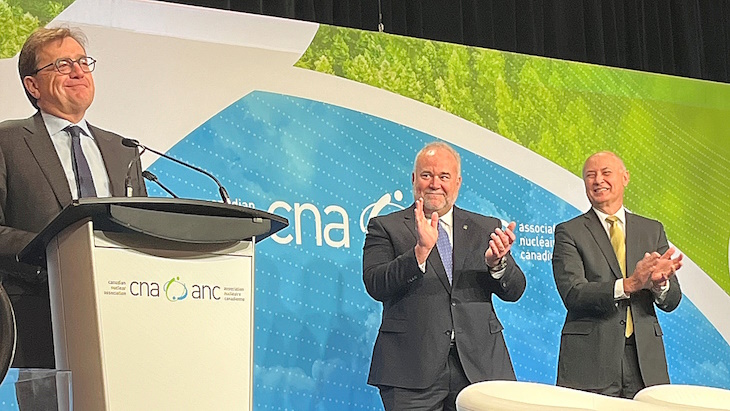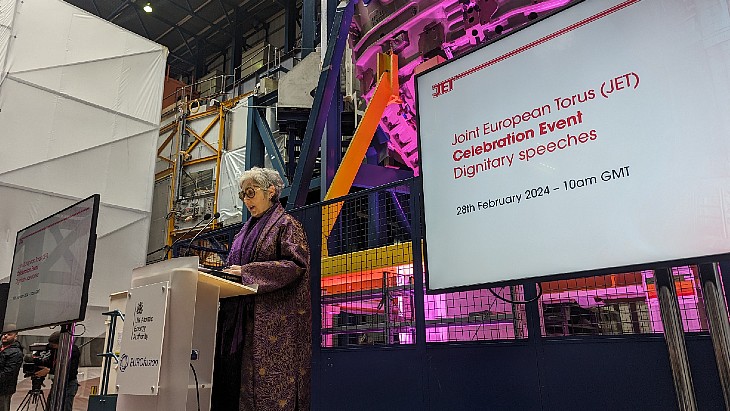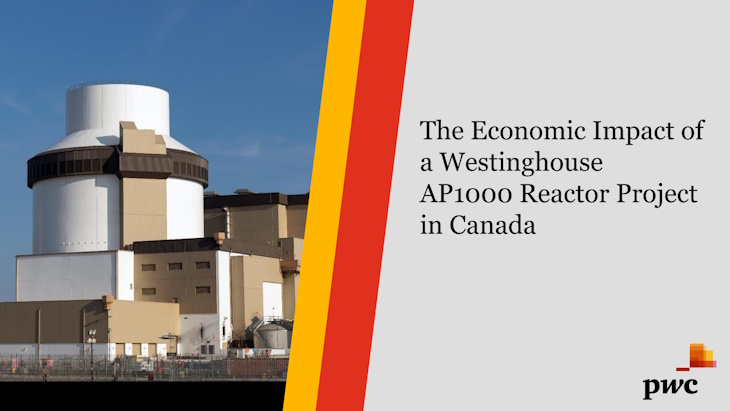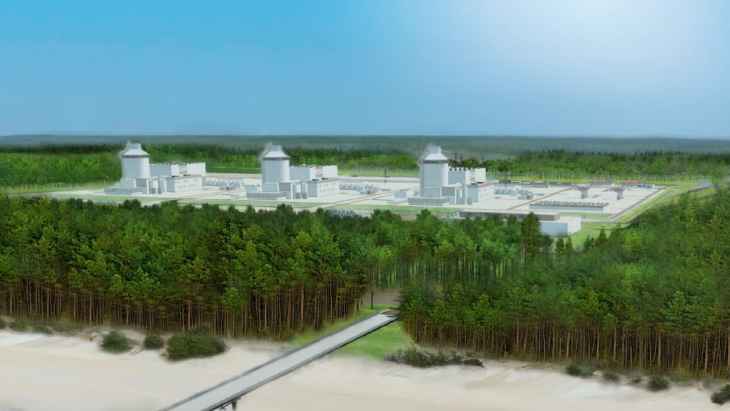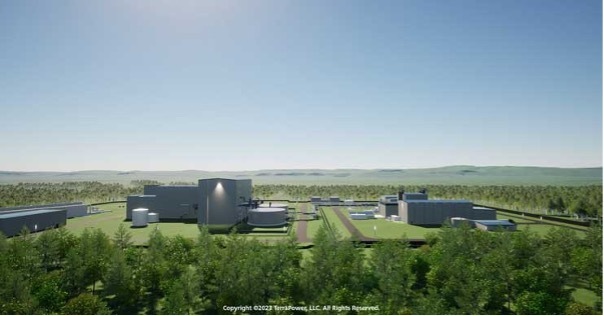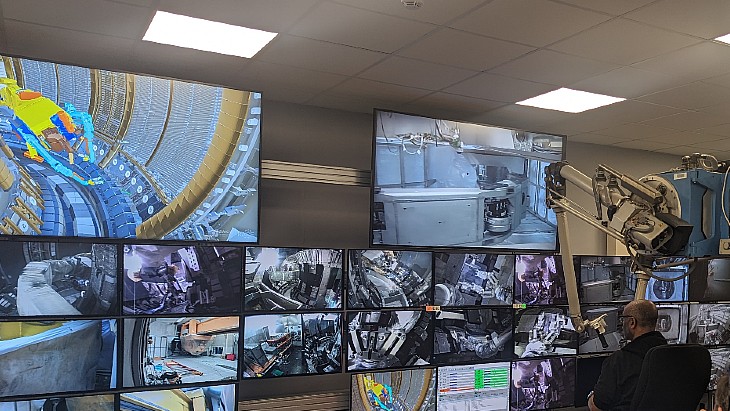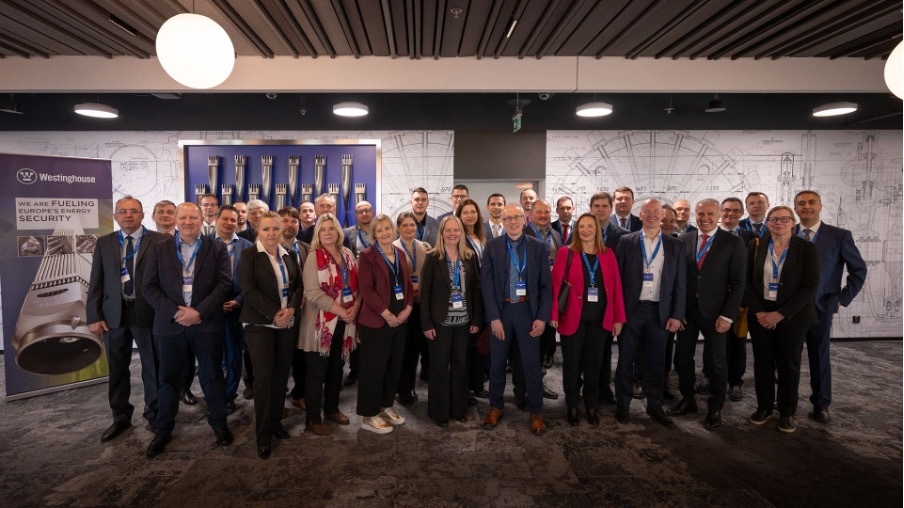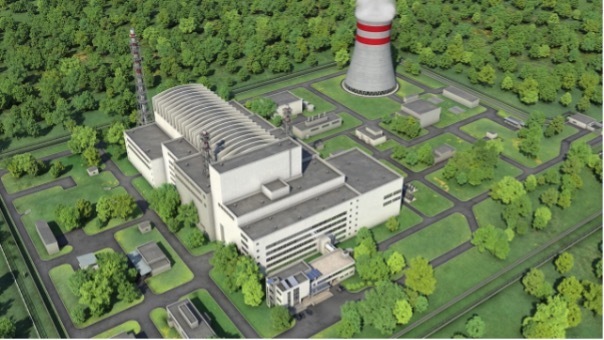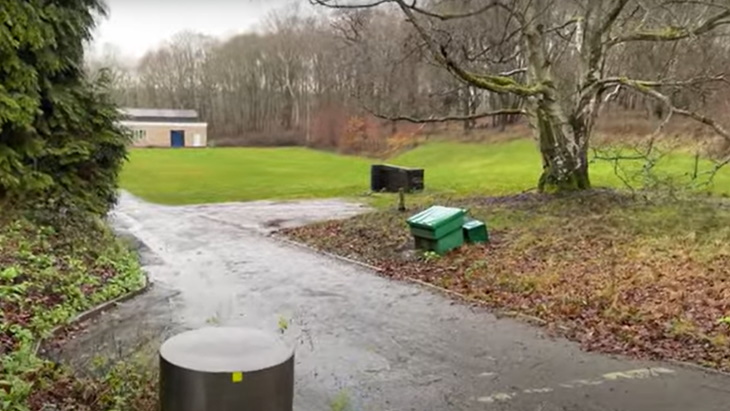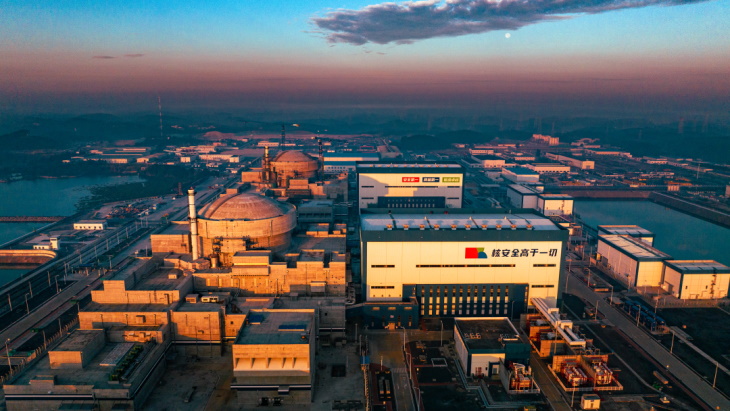Source: https://www.neimagazine.com/news/newsslovakia-hosts-westinghouse-sponsored-vver-nuclear-fuel-forum-11554179
Slovak power utility Slovenské Elektrárne (SE) hosted a two-day forum, the 5th annual VVER Fuel Forum in Bratislava. The forum on nuclear fuel for VVER 440 and VVER 1000 reactors, which was sponsored by Westinghouse, was attended by representatives of utilities that are potential customers for Westinghouse VVER fuel. These included Ukraine’s Energoatom, Finland’s Fortum, the Czech Republic’s CEZ, Bulgaria’s JE Kozloduy, and Hungary’s nuclear plant operator MVM Paks. The participants exchanged experiences on the procedure for implementing fuel from Westinghouse for operating VVER-440 and VVER-1000 reactors.
Branislav Strýcek, SE Board Chairman & General Director said SE was currently “going through the preparation of the documentation in Slovakia for new VVER-440 fuel and expect to finish the licensing process by 2026-2027”.
Westinghouse gave detailed briefings on fuel licensing, design enhancements of its NOVA E-6 VVER-440 fuel, fabrication plant upgrades, delivery and operations. This is a modification of a 1996-98 a fuel assembly design – NOVA E-3 (fixed assembly) and NOVCA (follower) developed in a programme involving BNFL (UK – which later took over Westinghouse)), IVO (Finland) and PAKS (Hungary). The programme included extensive testing and qualification of the new design. In June 1998, the manufacturing of five Lead Test Assemblies – four fixed and one follower assembly – at Springfields, UK, was completed and the fuel was delivered for insertion at unit 2 of Finland’s Loviisa NPP. Between 2001 and 2007, BNFL/Westinghouse delivered a total of 741 VVER-440 fuel assemblies to the Loviisa NPP in Finland which were manufactured by Enusa in Spain.
The NOVA E-3 and NOVCA designs were integrated into the Westinghouse fuel product portfolio, and all the intellectual property for the VVER-440 fuel was transferred from BNFL to Westinghouse in 2005-2006. However, in 2007 Loviisa decided to switch back to Russian fuel. After failing to extend the Loviisa fuel contract and failing to win any other VVER-440 delivery contracts, Westinghouse decided to withdraw from the market in 2008, and closed down the supply chain and design development of the VVER-440 design.
Efforts to develop new design VVER-440 fuel had restarted in 2014 in face of the demand for increased security of energy supply in Europe. Westinghouse, in a consortium comprising nine organisations, applied for a Euratom funded programme for diversification of the VVER fuel market in Europe, and was granted €2m ($16.5m) in 2015 to launch the ESSANUF programme, which ran until 2017. Development continued and in early 2023, Westinghouse and Enusa agreed to manufacture VVER-440 fuel using their factories at Västerås, in Sweden, and Juzbado (Salamanca), in Spain. The following September the first test assemblies were loaded at Ukraine’s Rivne NPP.
As leader of the current European Union-funded APIS project (Accelerated Program for Implementation of secure VVER fuel Supply), Westinghouse presented to the forum information on next-generation fuel design development and a harmonised approach for VVER fuel licensing. Tarik Choho, Westinghouse President of Nuclear Fuel said there were many achievements in the past years and still a lot of work ahead. “As the only European VVER fuel manufacturer, we are committed to delivering what is required by our customers.”
Stefano Ciccarello, Acting Director General of the Euratom Supply Agency. recommended expediting the ongoing fuel diversification efforts in the context of the REPower EU Plan launched in May 2022 and the global energy disruption caused by Russia’s special military operation in Ukraine.
Olexandr Depenchuk, Director for Nuclear & Radiation Safety at Energoatom, told the forum: “In Ukraine, we started the licensing process for the Westinghouse VVER-440 fuel in 2022 and, thanks to great cooperation, we successfully completed it within 1.5 years. We received the first fuel load for Rivne unit 2 last September, ahead of the originally planned schedule. Our two units will be operating later this year with the new fuel, which has been performing well after six months."
In Finland, Fortum is now pursuing mechanical operating experiences with the new fuel type, after a test assembly manufactured by Westinghouse was loaded into the unit 2 of the Loviisa NPP last year. Loviisa NPP comprises two Soviet designed VVER-440 units, which were commissioned in 1977 and 1980 and initially received fuel from Russia. Loviisa’s current fuel agreement with Russia’s TVEL is valid until the end of the current operating licences of the plants two units in 2027 and 2030. In spring 2022, Fortum applied for a new operating licence for both units until 2050, and announced that a tendering process would be arranged for fuel supply for the next operating licence period.
“The changes done to the design of the VVER-440 fuel we originally used in Loviisa in the early 2000s improved the fuel behaviour and performance,” said Iiro-Ville Lehtinen, Fortum Project Manager. “We are currently reviewing the licensing and manufacturing documentation of the first new fuel deliveries and expect this work to be ready this summer.”
Rostislav Štaubr, Head of Nuclear Fuel Procurement at CEZ told the forum that Westinghouse will deliver the first batch of VVER-440 fuel assemblies to the VVER-440 units at the Dukovany NPP at the end of this year. The deliveries of VVER-1000 fuel for Temelín will follow a few months after Dukovany, as mutually agreed based on the refuelling schedule,” he said.
Svilena Nikolova, Head of the Legal & Commercial Department at Bulgaria’s Kozloduy NPP said the diversification that has been obtained in terms of nuclear fuel supply is of great importance for the power plant. “As Kozloduy celebrates its 50th anniversary this year, we will also receive the first load of new VVER-1000 fuel from Westinghouse for our unit 5.”
Neither Westinghouse nor SE reported any comments from representatives of Hungary’s Paks NPP. Although the possibility of using nuclear fuel from suppliers other than Russia’s TVEL at the Paks was legally enshrined in Hungary’s legislation at the end of 2023, the plant currently only uses nuclear fuel supplied by Rosatom enterprises. During discussions on the new legislation, State Secretary at the Ministry of Energy Attila Steiner noted that there is currently no alternative to Russian fuel for the four VVER-440 reactors at Paks.
The Hungarian government has repeatedly stated that it does not intend to abandon it as long as it can be supplied reliably. Speaking at the meeting, which was broadcast on the parliament website, Steiner noted that only Rosatom enterprises can now produce fuel assemblies for those units, so Hungary is interested in ensuring that they are not subject to sanctions. At the same time, he confirmed that, in accordance with the general policy of the European Union, Hungary will strive to diversify its energy supplies including nuclear energy.
